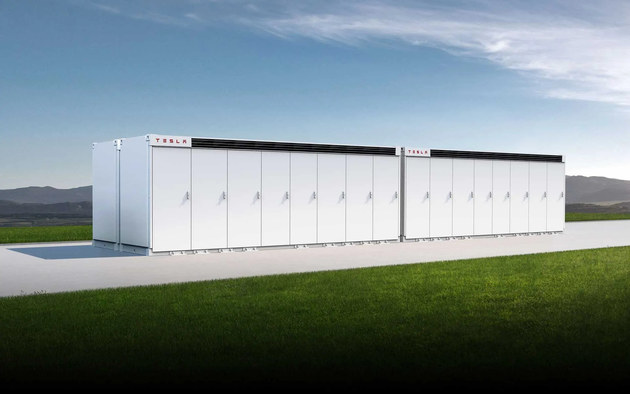What renewable energy storage systems are being developed?
Storage of renewable energy requires low-cost technologies that have long lives – charging and discharging thousands of times – are safe and can store enough energy cost effectively to match demand.
Lithium-ion batteries were developed by a British scientist in the 1970s and were first used commercially by Sony in 1991, for the company’s handheld video recorder. While they’re currently the most economically viable energy storage solution, there are a number of other technologies for battery storage currently being developed. These include:
Compressed air energy storage: With these systems, generally located in large chambers, surplus power is used to compress air and then store it. When energy is needed, the compressed air is released and passes through an air turbine to generate electricity.
Mechanical gravity energy storage: One example of this type of system is when energy is used to lift concrete blocks up a tower. When the energy is needed, the concrete blocks are lowered back down, generating electricity using the pull of gravity.
Flow batteries: In these batteries, which are essentially rechargeable fuel cells, chemical energy is provided by two chemical components dissolved in liquids contained within the system and separated by a membrane.
Prescott Hartshorne says: “The next decade will be big for energy storage in general and for batteries in particular. It will be an important proving time for batteries and for other technologies.”
Next:ENERGY STORAGE SYSTEM
Previous:Why is battery storage important and what are its benefits?
